Affirming the importance of this goal, teachers and educational administrators simultaneously identified difficulties, barriers and proposed solutions.
Identify difficulties and barriers
According to Mr. Chau Van Hai - Head of the Department of Culture and Society (Doc Binh Kieu commune, Dong Thap), universalizing compulsory education up to junior high school is important to improve people's intellectual level, narrow the gap between rich and poor, promote socio -economic development, implement social justice, meet the requirements of international integration and build high-quality human resources for Vietnam.
After receiving Resolution No. 71-NQ/TW, the Department of Culture and Society advised the People's Committee of Doc Binh Kieu commune to complete the Steering Committee for Universal Education and Literacy Eradication of the commune; develop a plan to implement this work and promote student streaming in general education until 2030 for schools to implement from 2025 and the following years.
Besides the advantages, Mr. Chau Van Hai acknowledged the difficulties of the locality in achieving the target of 97% of students studying at the right age; 99% completing junior high school; the rate of transferring to high school after graduating from junior high school, and other levels reaching 95% or more. The reason is that the facilities, classrooms, functional rooms and equipment in educational institutions in the area only meet the minimum standards for formal teaching.
The teaching staff has not met the requirements in terms of quantity, lacking much compared to the prescribed teacher-to-class ratio. The awareness of a part of parents and students about the work of universalizing lower secondary education is still limited. The funding and remuneration policies for teachers teaching universal lower secondary education are not specific.
“From scientific research on physical and psychological age groups, the current status of secondary education and the quality of human resources in recent times, it can be affirmed that the goal of completing compulsory education for secondary education is extremely necessary.” Emphasizing this, Mr. Dinh Trung Kien - Principal of Thu Cuc Boarding Secondary School for Ethnic Minorities (Thu Cuc Commune, Phu Tho Province) explained:
Secondary school is the foundation level of general education, where students are equipped with basic knowledge so that when they finish school, they can have a good orientation for their future career. Adequate physical and psychological preparation from secondary school will help them continue their studies, or be able to participate in the labor market with appropriate choices.
However, Mr. Dinh Trung Kien shared that implementing compulsory secondary education still faces many difficulties, especially in mountainous areas and ethnic minority areas. Besides the limitations in terms of facilities and staff, the biggest difficulty is the perception of some parents that secondary education is not too important in their children's journey, and that if they do not complete it, they can participate in production labor to help support their family's economy.
Regarding this, from the reality of a border school in the mountainous area, Mr. Dinh Tien Hoang - Principal of Nam Can Ethnic Boarding Secondary School (Nam Can commune, Nghe An province) realized that there are three main groups of difficulties: Socio-economic conditions; large area, difficult traffic; language, learning psychology.
Specifically, many families are still poor, parents have to let their children leave school early to work, especially after primary school. Students in villages far from school, traveling is difficult, especially during the rainy season, making it difficult to maintain student numbers. A part of ethnic minority students have limited Vietnamese, lack motivation to study, and are prone to drop out. These factors are direct barriers to retaining students after secondary school.

Ensuring implementation conditions
Sharing policies and solutions that need to be prioritized to achieve the goal of universalizing lower secondary education by 2030, Mr. Chau Van Hai said that first of all, it is necessary to raise awareness of the role and responsibility of local authorities, agencies, schools, and the awareness of parents and students towards this work.
At the same time, provide sufficient funding according to the target to achieve universal lower secondary education by 2030; rearrange schools in the area, ensure facilities and teaching equipment; fully recruit teachers for regular teaching and universal lower secondary education, and overcome the shortage of teachers.
Innovating assessment and evaluation for high school students; improving teaching quality; limiting students from repeating grades or dropping out; promoting streaming work suitable to students' family circumstances and learning conditions... are also solutions that need special attention and effective implementation.
“For Doc Binh Kieu commune, to achieve the goal of universalizing lower secondary education by 2030, the Party Committee and government have proposed synchronous solutions: Perfecting institutions, innovating education management and implementing educational equity.
Accordingly, review, amend and supplement regulations to create a favorable legal framework for universalizing lower secondary education. Improve management efficiency, strengthen autonomy and self-responsibility of schools in educational activities. Ensure all children, especially children in disadvantaged areas and ethnic minorities, have the opportunity to access lower secondary education," Mr. Chau Van Hai shared.
In practice, to achieve the goal of universalizing lower secondary education by 2030, according to Mr. Dinh Trung Kien, it is necessary to pay attention to improving the effectiveness of career guidance education in schools. In particular, prioritizing funding sources, ensuring a team of teachers with sufficient capacity to effectively implement this activity; designing career guidance content associated with practice.
At the same time, it is necessary to pay attention to implementing the roadmap for universalizing lower secondary education in conjunction with improving the effectiveness of vocational training programs; ensuring that students after lower secondary education have the conditions for further training, meeting the requirements of the labor market. From there, gradually change the awareness of parents about the importance of universalizing compulsory lower secondary education.
Finally, timely policies from the State are needed for the Vietnamese labor market to develop in a modern and sustainable direction, ensuring effective employment for the people. Changing awareness, along with the reality of labor and employment, will be an important driving force to complete the goal of universalizing lower secondary education, moving towards universalizing upper secondary education in the next phase.
Also sharing solutions, Mr. Dinh Tien Hoang emphasized 3 groups of problems.
First is support policy: The State needs to continue to have specific policies for students in disadvantaged areas, such as supporting tuition fees, boarding meals, and scholarships; at the same time, supporting teachers to work with peace of mind in border areas.
Second, improve facilities: Invest in boarding schools and dormitories to reduce travel difficulties; equip modern teaching equipment to create an attractive learning environment.
Third is the on-site educational solution: Strengthening propaganda and mobilizing parents; innovating teaching methods suitable for ethnic minority students; focusing on life skills education and career guidance so that students can clearly see the benefits of finishing secondary school.
"If we do these things well, I believe that the goal of universalizing lower secondary education by 2030 is completely feasible, contributing to creating a solid foundation for the country's development," Mr. Dinh Tien Hoang affirmed.
“The goal of completing compulsory education up to the end of lower secondary school by 2030 is of particular importance. This is not only a strong commitment of the Party and State to ensuring the basic right to education for all children, but also an inevitable step to improve the quality of human resources, meeting the requirements of national development in the new period.
For students in border and disadvantaged areas, universal lower secondary education helps them have enough basic knowledge, life skills and opportunities to integrate, thereby contributing to maintaining security and sustainable development in border areas." - Mr. Dinh Tien Hoang - Principal, Nam Can Secondary Boarding School for Ethnic Minorities (Nam Can Commune, Nghe An)
Source: https://giaoducthoidai.vn/thao-go-rao-can-hoan-thanh-giao-duc-bat-buoc-het-thcs-vao-nam-2030-post751428.html



![[Photo] Prime Minister Pham Minh Chinh inspects and directs the work of overcoming the consequences of floods after the storm in Thai Nguyen](https://vphoto.vietnam.vn/thumb/1200x675/vietnam/resource/IMAGE/2025/10/08/1759930075451_dsc-9441-jpg.webp)



![[Photo] Prime Minister Pham Minh Chinh attends the World Congress of the International Federation of Freight Forwarders and Transport Associations - FIATA](https://vphoto.vietnam.vn/thumb/1200x675/vietnam/resource/IMAGE/2025/10/08/1759936077106_dsc-0434-jpg.webp)


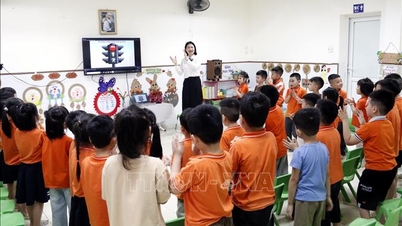

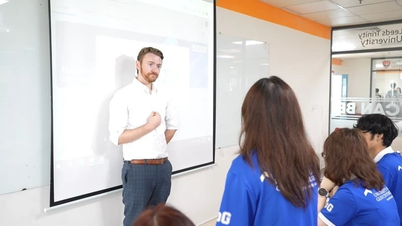
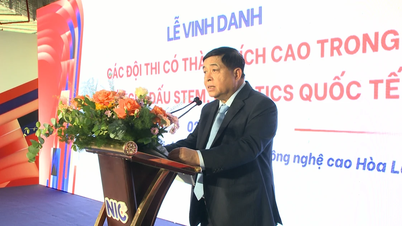
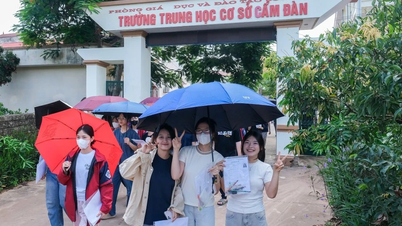















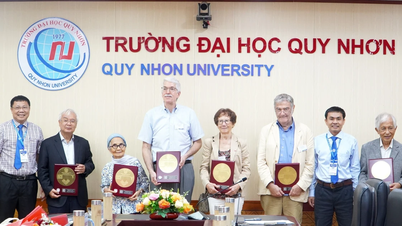

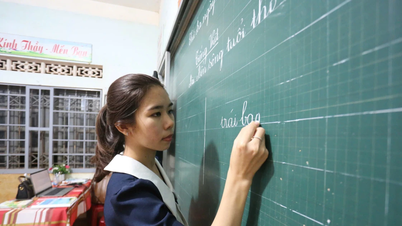

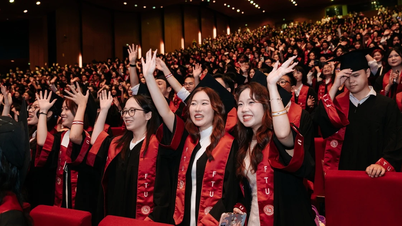
![[Photo] Closing of the 13th Conference of the 13th Party Central Committee](https://vphoto.vietnam.vn/thumb/1200x675/vietnam/resource/IMAGE/2025/10/08/1759893763535_ndo_br_a3-bnd-2504-jpg.webp)



































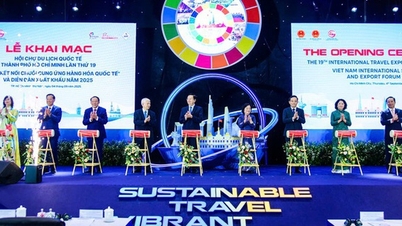



























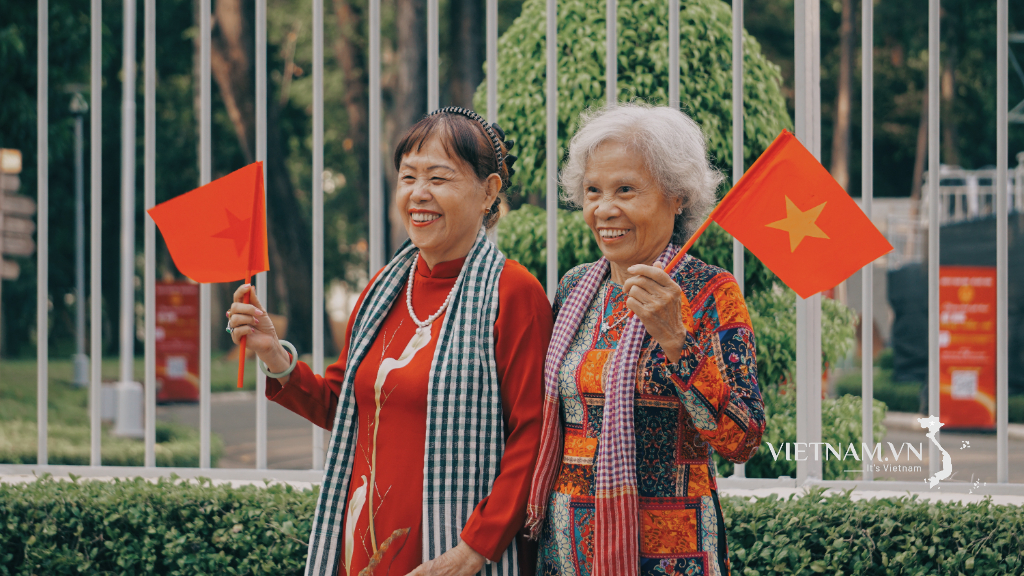

Comment (0)